A semi regular column where we track new brand and product launches and expression releases as well as new to us products.
Brand launches
Parejo
Founded by Jorge Caldera, the brand is an exploration of sotols and agave spirits from Chihuahua. He is working with different families and so far, the portfolio includes six expressions. They are all big flavor bombs and a great way to explore the complexity and terroir of both the Sotols and Lechuguillas from Chihuahua.
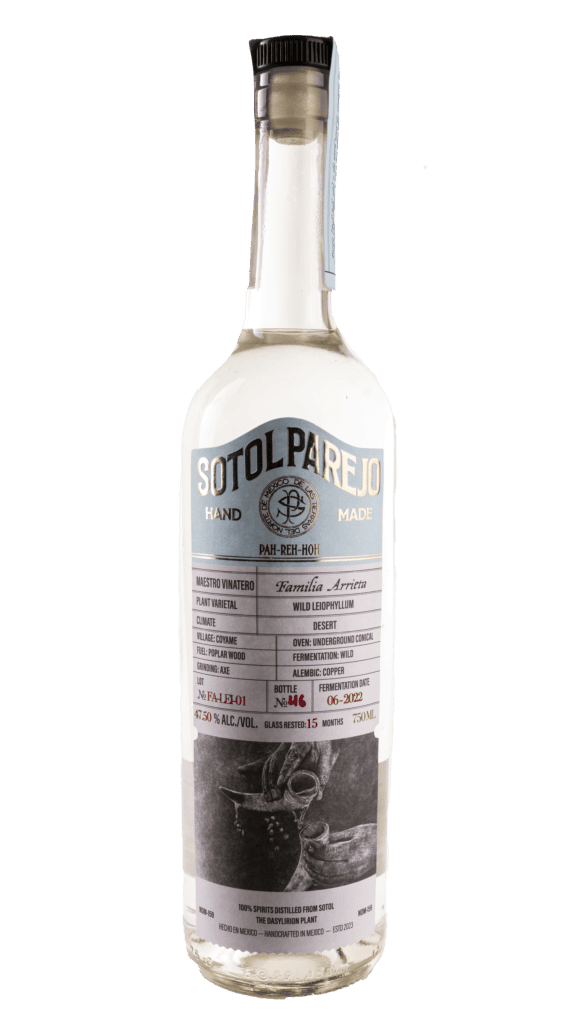
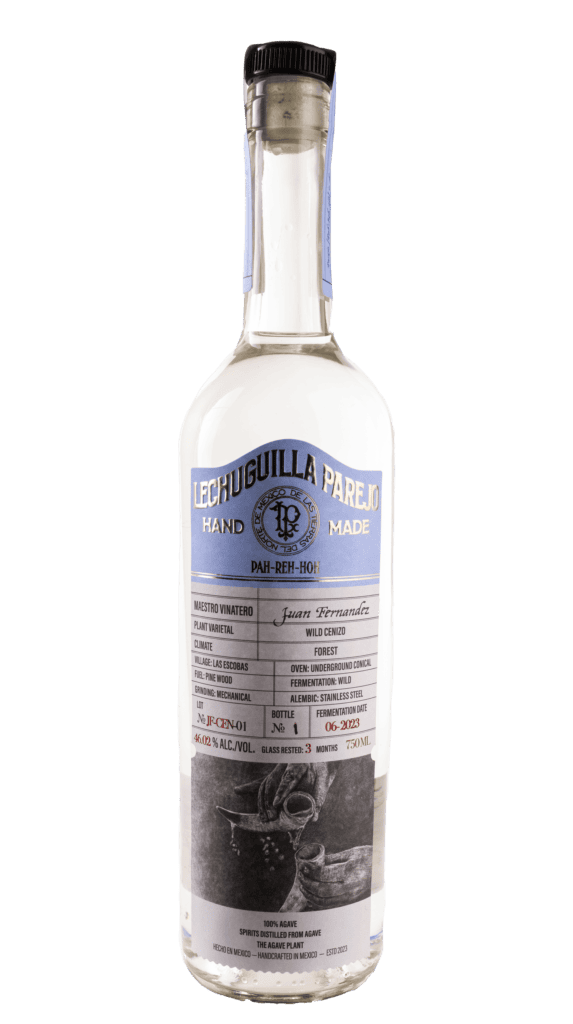
It is being imported by Lot001 Brands, the new import company from Arik Torren, and should be hitting the market within a month.
In the line up:
- Sotol D. Wheeleri from Vinatero Bienvenido Fernandez at 49.4% which was glass rested for 14 months
- Sotol D. Cedrosanum from Vinatero Bienvenido Fernandez at 51.12%, glass rested for 11 months
- Sotol D. Leiophyllum from Vinateros Familia Arrieta at 47.5%, glass rested for 15 months
- Sotol D. Wheeleri from Vinatero Juan Fernandez at 47.39%, glass rested for three months
- Lechuguilla Ensamble with D. Wheeleri (60%) and A. Cenizo (40%) from Vinatero Juan Fernandezat 46.39%, glass rested for three months
- Lechuguilla A. Cenizo from Vinatero Juan Fernandez at 46%, glass rested for three months
Made in Santa Catarina Minas by the Arrelanes family at their Real de Minas palenque, La Travesía is a full bodied Espadin that clocks in at 42.5%. Don’t let that lower than 45% ABV fool you, this is deep rich flavors and makes for one of those mezcals you can sip all night long. While produced in Santa Catarina Minas which is world famous for clay pot distillation, La Travesía is distilled in copper which does not diminish the minerality and salinity flavors of mezcal we associate with clay pot distillation.
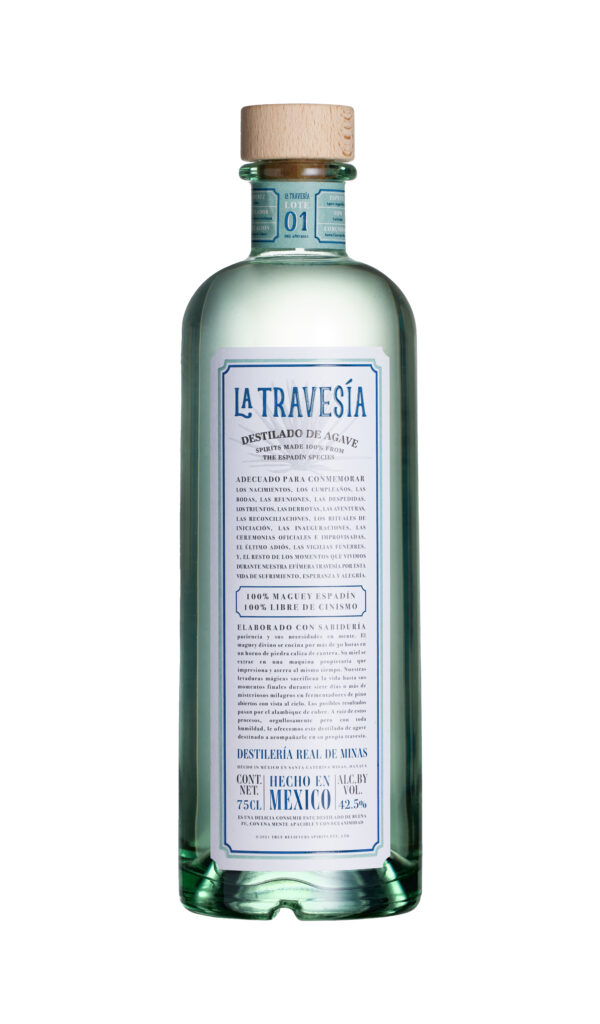
This is currently only available in California and Florida (and in Asia Pacific and Europe) but there are plans to launch into more states this year.
The latest celebrity mezcal brand, Mezcalum was founded by Real Housewives of New York stars Erin and Abe Lichy and launched in November of 2023. Inspired by their time in Tulum (hence the name, a combination of mezcal and Tulum), it is made in Santiago Matatlán, Oaxaca by Maestro Mezcalero Carlos Mendez Blas. Currently there is just one expression in the brand, an Espadin/Cuishe ensamble at 44%.

New expression launches
Montelobos has released an ancestral mezcal. Thus far the product seems to be available only in Mexico. It is 100% Espadin distilled at the Cazahuates Palenque in San Agustín de las Juntas, Oaxaca but we don’t have any other details beyond what we saw in the article published in Vogue Mexico.

New to us
A few years ago we saw the label artwork for Kilinga Bacanora and were immediately struck by how floral and almost tropical it was, which seemed completely counterintuitive for a product from an arid region. But that was before we had the chance to see the desert in bloom when we visited Sonora in 2022. Seeing the bottles, even sample sized, was a reminder of how uniquely the label captures where the spirit is from.
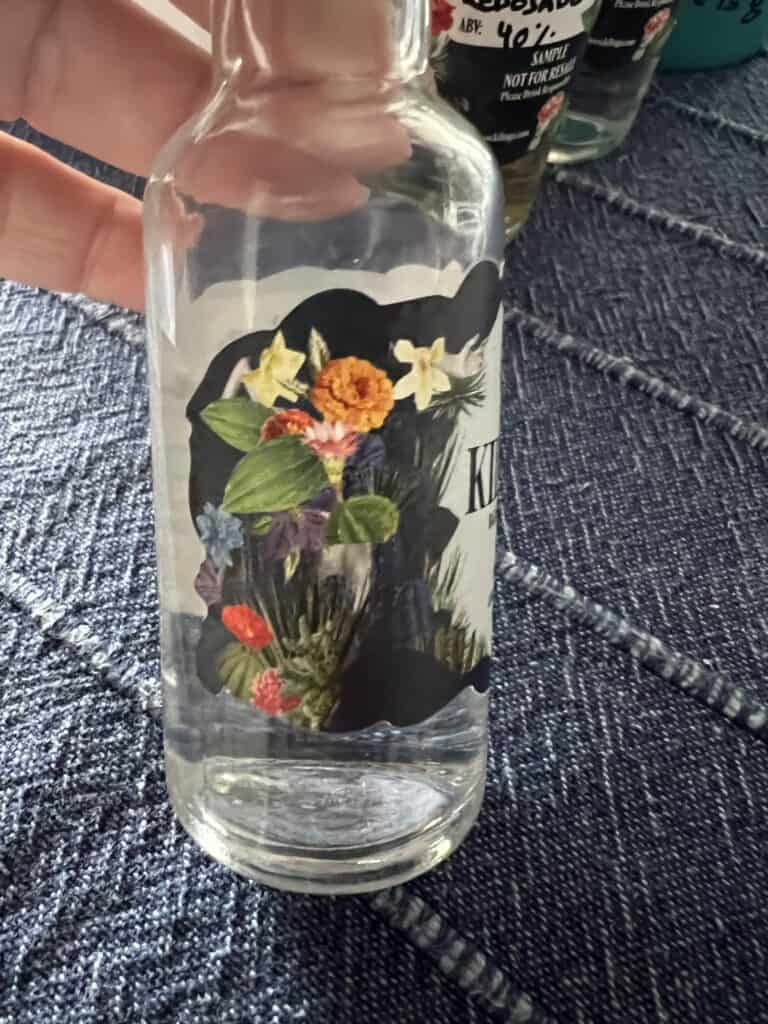

Kilinga Bacanora is made by Rodrigo Bojorquez Bours in Alamos, Sonora, Mexico. It is a family owned distillery and is named in honor of his mother “the vibrant matriarch and heart of the family— flows through our brand and is the foundation of everything we do. The first girl in a family of three boys, she always had a playful and mysterious streak.”
There are four expressions in the portfolio – a silvestre Angustifolia (40%), a blanco made from cultivated Angustifolia (42%), a reposado also made from the cultivated Angustifolia and aged in white American oak barrels for 6-9 months, and an añejo aged in French oak for 34-36 months (44%).
The Silvestre was crisp and refreshing, something we don’t usually associate with Bacanora. The Blanco has the more traditional flavors we associate with Bacanora, with heat and pepper. The Reposado has notes of caramel and vanilla but with an unexpected, and pleasant dryness at the finish.
For folks looking to ease their way into Bacanora, who perhaps are hesitant because of its reputation for being “strong”, this is a good place to start.
Mala Santa Mezcal launched into the market in January of 2023. It was founded by a group of friends who were inspired by the iconic image of La Catrina to pay homage to their culture. “We pay homage to the past, present and future female mezcalerias, bootleggers, artists, activists and anyone who has the courage to stand up to oppression and fight for equality.”

The mezcals are produced in Matatlan, Oaxaca. There are currently five expressions in the line up made by Mezcalero Antonio Lopez.
- Espadin at 45%, earth oven roasted, molino crushed, fermented in wood, distilled in copper and using spring water in the process
- Tobala at 45%, earth oven roasted, molino crushed, fermented in wood, distilled in copper and using spring water in the process
- Cuishe (Karwinskii) at 45%, earth oven roasted, molino crushed, fermented in wood, distilled in copper and using spring water in the process
- Ensamble of Salmiana (piñas from Zacatecas) and Espadin at 45%, earth oven roasted, molino crushed, fermented in wood, distilled in copper and using spring water in the process
- Tepextate at 45%, earth oven roasted, molino crushed, fermented in wood, distilled in copper and using spring water in the process. Of note with this Tepextate, three generations of mezcaleros worked on this expression from when the plant was growing and then harvested, made, and then buried in the ground for several years.
File under Whut?
Sometimes in media, especially when it comes to covering “trends” you get stories that seem like they are trying to create a trend…
Recently, Vinepair had an article about puntas, that very high ABV first cut of the distillation, going commercial. It left a lot of us scratching our heads because not only are there just a couple handfuls of true puntas in the market, it doesn’t seem realistic, or even very wise, to be commercializing this part of mezcal production, or making it a trend.
Don’t get us wrong, puntas are often delicious and we have certainly enjoyed our share of tasting them. They are a great indicator of what the final product will taste like. But the idea of a sudden onslaught of various puntas being introduced into the market just seems like a recipe for disaster, from both the production standpoint and on the consumption side. Puntas should be sipped in very small amounts and you need great understanding of where they are coming from because they pack a huge punch. On this we just say, no, let’s leave the majority of puntas sipping for palenque/vinata/taberna visits or with brands (and beverage directors) you completely trust.

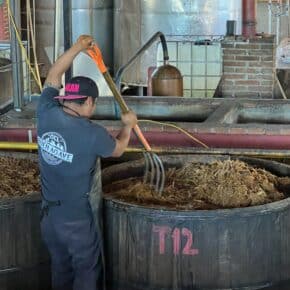

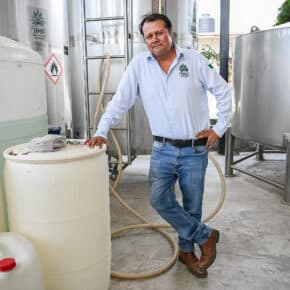









Leave a Comment